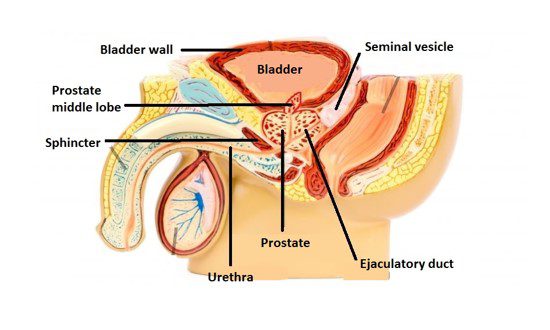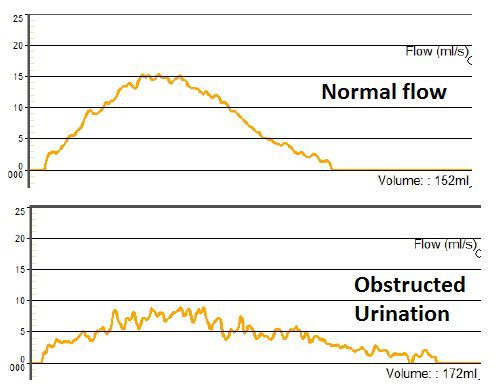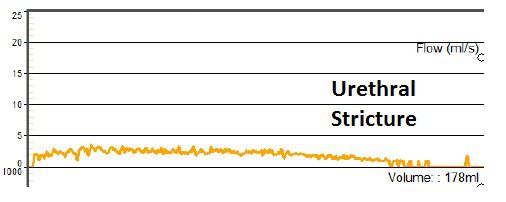Menu
The urinary function depends on the bladder, the urethra, the prostate and the nervous system (brain, spinal cord and peripheral nerves). The urinary examination requires an intra-abdominal KUB ultrasound, a transrectal prostate ultrasound, an uroflowometry and in some cases urodynamic study.

IPSS questionnaire (IPSS) is important to determine the patient's symptoms and a direction for the diagnosis. So, when the patient’s score is 1-7 we say that he has mild symptoms, when it is 8-19 he has moderate, while when it is 20-35 he has severe. The last question is the most important and it shows how his urination affects his quality of life. This is a factor that should be taken seriously by the doctor.

When it is bigger there is hyperfunction of the bladder, either idiopathic, or due to neurogenic etiology, or due to obstruction. The main function of the bladder is to store urine between two urinations. When the brain gives a sign, the bladder contracts and pushes urine out. However, in case of obstruction and in order to empty, bladder pushes with greater force and thus, over time, the wall thickens ((Grade 2). At this stage, the patient reports frequency and urgency.
If the obstruction continues for years, the bladder will pass into the stage of insufficiency. At this stage the bladder wall gets thinner and the patient has a large residual volume of urine after urination(Grade 3). Thus, the patient reports frequent urination, nocturia, reduced urine flow and a feeling of incomplete emptying. If residual volume of urine is >440ml, the patient needs urodynamic study to see if there will be improvement after TURP. As long as urodynamic study shows that the bladder is not contractile, TURP has a 50% chance of not being successful.
2. Height of the middle lobe of the prostate (IPP):
3. Urine flow a normal urination should have a curve (bell shape) and the flow should be at least 15ml/sec.


Όπως μπορούμε να παρατηρήσουμε σε περίπτωση απόφραξης η καμπύλη υφίσταται αλλά είναι χαμηλή και πεπλατυσμένη. Σε περίπτωση όμως στενώματος ουρήθρας, δεν υπάρχει καμπύλη και η ροή είναι ευθεία γραμμή. Όσο πιο χαμηλή είναι η ροή τόσο πιο στενή είναι η ουρήθρα.
4) Residual volume of urine after urination: it should be less than 100cc in the bladder. If it is larger, a catheter should be inserted and the patient should undergo a surgery immediately.
Εάν το υπόλειμμα των ούρων είναι >440ml, ο ασθενής χρήζει ουροδυναμικού ελέγχου για να διαπιστωθεί εάν θα υπάρξει βελτίωση μετά. Εφόσον ο ουροδυναμικός έλεγχος δείξει ότι η κύστη δεν έχει συσταλτικότητα η TURP έχει πιθανότητα 50% να μην είναι επιτυχής.
We have three categories of treatment for prostate obstruction, drugs that open the urethra (a blockers), drugs that reduce the volume of the prostate (Finasteride, Dutasteride) and a combination of them. Parasympathetic drugs which reduce the intensity of the contraction of the extruder muscle of the bladder are used at urgency symptoms. If the medication does not work, the patient should undergo transurethral prostatectomy (TURP-TURIS).
In case of urethral stricture, the patient has to undergo a urethrectomy.

You can also book your next appointment online. Just fill out the form and we will contact you.